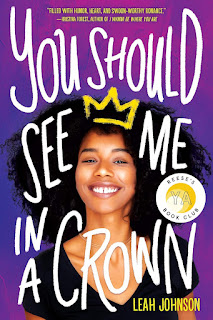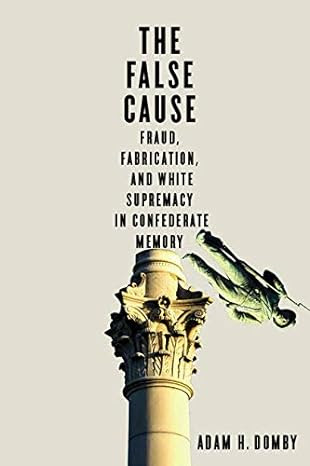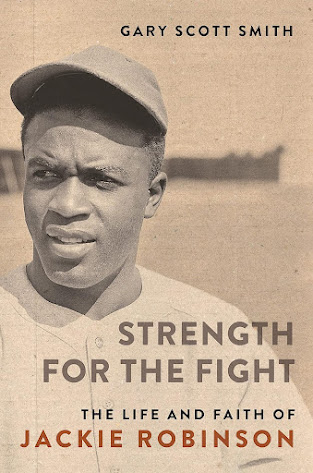DIFFER WE MUST: HOW LINCOLN SUCCEEDED in a DIVIDED AMERICA (audiobook) by Steve Inskeep

Published by Penguin Audio in 2023. Read by the author, Steve Inskeep. Duration: 8 hours, 57 minutes. Unabridged. It's been said that no American has been the subject of more biographies than Abraham Lincoln. I don't know if that it is true, but I do know that it is pretty tough to come up with a new angle on the 16th President. In Differ We Must , NPR reporter/host Steve Inskeep has managed to do just that. Inskeep follows through Lincoln's life and sees how he dealt with people that he had disagreements with. Some of them were major, some were minor. Sometimes, Lincoln responded to these disagreements by befriending the people he disagreed with, sometimes by patiently arguing his point of view, sometimes by appearing to accommodate them only to slowly change their minds, and sometimes by arguing fiercely against his opponent. And, sometimes, as in the case of Frederick Douglass, Lincoln realized he was wrong and changed his mind as was the case with Frederick Douglass (a

















